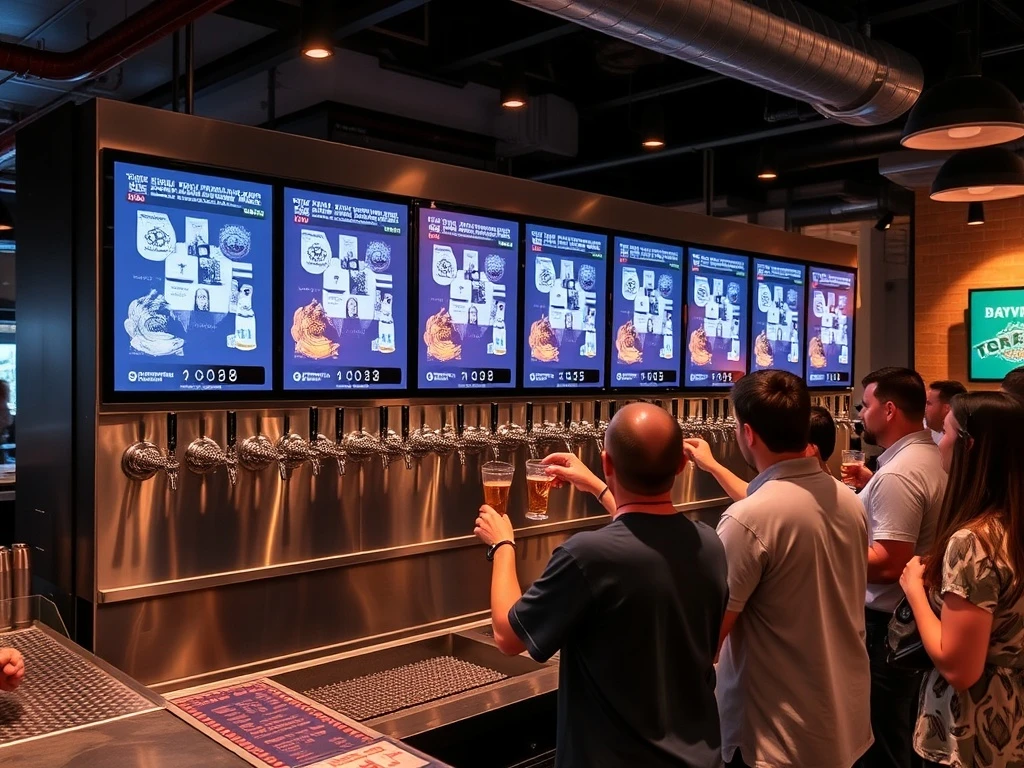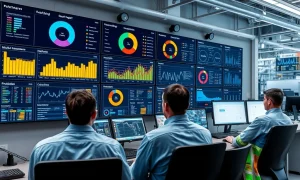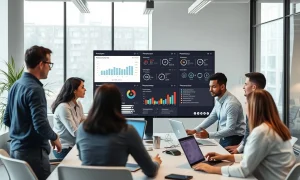Bar owners face constant pressure to maximize revenue while maintaining customer satisfaction. Traditional pouring methods create bottlenecks that limit growth and profitability. However, innovative self-pour systems now offer a transformative solution that directly addresses these challenges while scaling revenue potential.
Why Self-Pour Systems Outperform Traditional Taps
Traditional tap systems struggle during peak hours, creating operational inefficiencies that impact profitability. Conversely, self-pour systems eliminate these limitations through automated precision pouring. These advanced systems capture every ounce of revenue while reducing waste significantly. Moreover, they free staff from manual pouring duties, allowing them to focus on customer service and engagement.
Operational Advantages of Modern Self-Pour Systems
Self-pour technology revolutionizes bar operations through several key features:
- Precision pouring eliminates overpour waste and ensures consistent portion control
- Real-time tracking provides immediate inventory and revenue data
- Reduced staffing requirements during peak service hours
- Seamless integration with existing POS and management systems
Revenue Scaling Through Ounce-Based Pricing
Self-pour systems enable revolutionary pricing strategies that directly scale revenue. Ounce-based billing captures incremental revenue that traditional flat-rate pours miss entirely. Customers appreciate paying only for what they consume, while establishments benefit from improved profit margins. This pricing model particularly enhances profitability for premium and experimental beverages.
Implementation and Integration Strategies
Successful implementation of self-pour systems requires careful planning and execution. Many establishments begin with a pilot program on a single tap wall to measure performance metrics. Integration typically involves QR code technology for customer access and POS synchronization for real-time billing. Furthermore, staff training focuses on system monitoring rather than manual pouring techniques.
Measuring ROI and Performance Metrics
Establishments implementing self-pour systems typically report measurable improvements in several key areas:
- 25-40% reduction in beverage waste and shrinkage
- 15-30% increase in customer throughput during peak hours
- 20-35% improvement in per-customer revenue
- Significant reduction in staff training costs and turnover
Future Trends in Self-Pour Technology
The evolution of self-pour systems continues to accelerate with new technological advancements. Future developments include enhanced data analytics, predictive inventory management, and integrated customer loyalty programs. These innovations will further scale revenue potential while improving operational efficiency across the hospitality industry.
Frequently Asked Questions
How do self-pour systems prevent underage drinking?
Self-pour systems incorporate rigorous age verification processes including ID scanning technology and staff oversight. All patrons must undergo verification before receiving pouring privileges, ensuring compliance with legal requirements.
What maintenance do self-pour systems require?
These systems require regular cleaning similar to traditional taps, along with software updates and occasional hardware maintenance. Most manufacturers provide comprehensive support packages and remote diagnostic capabilities.
Can self-pour systems handle different beverage types?
Modern systems accommodate various beverages including beer, wine, cocktails, and non-alcoholic options. Each beverage type can have customized portion limits and pricing structures.
How long does installation typically take?
Installation time varies based on venue size and existing infrastructure, but most establishments complete implementation within 2-4 weeks. Pilot programs on limited tap walls can often be operational within days.
Do customers require training to use self-pour systems?
Systems are designed for intuitive operation with clear instructions and staff assistance available. Most customers adapt quickly to the self-service model, often preferring it to traditional service methods.
How do self-pour systems impact insurance requirements?
While insurance considerations may change, most providers recognize the controlled nature of these systems. Many manufacturers offer guidance and documentation to help establishments address insurance requirements effectively.








